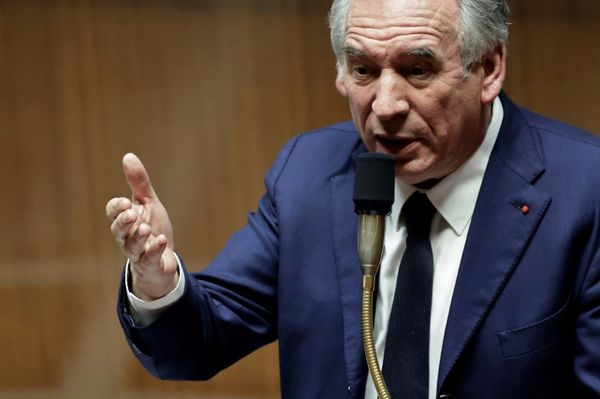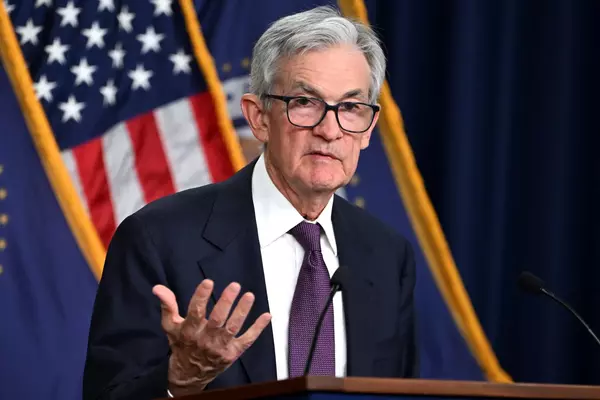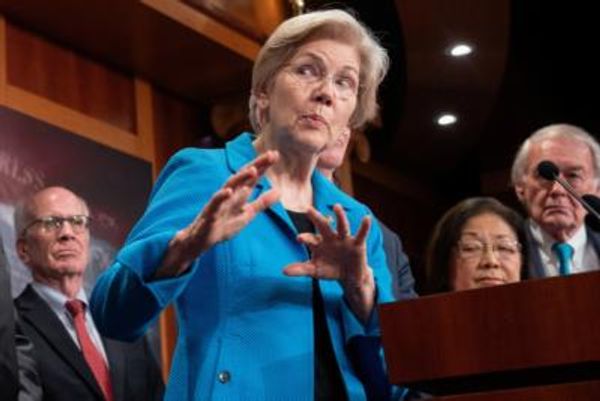
On a sweltering August day during the bleak scarcity of the so-called Special Period, Cuba’s economic crisis in the mid-Nineties following the collapse of the Soviet Union, hundreds of ragged and desperate Cubans marched through the streets of central Havana shouting “¡Libertad!” (freedom). That march, on August 5, 1994, which was captured on snippets of grainy film and has been airbrushed from official Cuban history ever since, came to be known as the Maleconazo, as it took place along the sea wall, the Malecon.
Until last week, the Maleconazo was one of the only documented and large-scale protests Cuba’s dictatorship has faced in recent decades. Yet on Friday, Nov. 27, a crowd of around 300 artists, intellectuals, and activists stunned the Cuban leadership by gathering outside the Ministry of Culture to protest against the lack of free expression and demand the liberation of imprisoned rapper, Denis Solís González.
As in 1994, Cuba is facing a severe economic crisis. Liberalising economic reforms approved at the 6th Communist Party Congress in 2009 have stalled in recent years in the face of intransigence from regime hardliners. Meanwhile, during his four years in office, U.S. President Donald Trump tightened the U.S. economic embargo, banned American cruise ships from docking in Cuba and has severely disrupted remittances to the island. Making matters worse, the pandemic has shuttered tourism, one of Cuba’s main sources of hard currency.
Alongside the pandemic and economic crisis, there has been a further upsurge in repression in Cuba in 2020, precipitated by the deteriorating economic situation and the transition to a new leadership. According to researchers at the independent Observatorio Cubano de Derechos Humanos (Cuban Observatory of Human Rights), there were 544 violations of fundamental freedoms in Cuba in October 2020, including arbitrary detentions and the besieging of homes by secret police and regime loyalists. Critics of the government are often chased down and harassed by so-called rapid-response brigades, belligerent mobs organised by the state. Despite the deterioration, in October Cuba was reelected for a fifth term to the U.N. Human Rights Council.
Last week’s protests were precipitated by police besieging the San Isidro Movement (SIM) artist’s collective in Havana to break up a hunger strike that began in response to the arrest in early November of Solís González. Police raided the house of the Cuban rapper without a warrant and, following an exchange of insults, charged Solís González, who was then sentenced to eight months in jail on charges of contempt of authority.
SIM activists subsequently began a daily pilgrimage to read poetry in a park near the police station in Havana where they believed Solís González was being held. This too was forcibly dispersed by police on Nov. 9, and the activists who took part placed under house arrest in a property in Dumas Street that had become the SIM headquarters.
Omara Ruiz of the SIM relayed the incident to me: “Harassment from the State Security grew. [It became] impossible to leave [SIM headquarters] without receiving the repressive onslaught, so our peaceful barracks began there.” Amnesty International confirmed that it had “verified” images showing that “at one point the [Cuban] authorities appeared to cordon off the block of the [SIM] headquarters with yellow tape, limiting the group’s freedom of movement.”
Six members of the SIM began a hunger and thirst strike at Dumas Street. A further raid was carried out on Nov. 26, which the Cuban government claimed was due to a breach of hygiene and coronavirus protocol—an excuse commonly used by authoritarian states this year. The police and state security had previously tried to detain SIM member Carlos Manuel Álvarez at José Martí International Airport on his return from Mexico and accused him of lying about the address he would be staying on his return to Cuba. According to SIM, Cuban police broke in and removed those on hunger strike “in a violent act.” SIM also say the “government cut off all internet services for almost an hour.”
SIM activists were returned to their homes after being detained by the police, except for artist and free expression activist Luis Manuel Otero Alcántara, who was confined in a hospital against his will. Alcántara has since been released by authorities. Along with other SIM activists, he is staying with friends and is effectively under house arrest after the SIM headquarters were destroyed by police.
Alcántara has been on the receiving end of a sustained campaign of intimidation by the Cuban state since 2017. His so-called crimes include the use of the Cuban flag for performance art and attempting to attend a kiss-in protest convened by Cuba’s LGBT community against anti-gay censorship on state television. Cuba has made progress on LGBT rights in recent years thanks largely to Mariela Castro Espín, the influential daughter of Raúl Castro who leads Cuba’s National Center for Sexual Education (CENESEX). However, all activism must be channelled through official government institutions, which brook no criticism.
Events escalated significantly last month. On Nov. 22, an unidentified man burst into SIM headquarters wielding a hammer and attacked Alcántara. Photos posted on social media show the artist with a bloodied left eye. According to the SIM Twitter account, state security and uniformed police were present and did nothing to prevent the attack.
The SIM was founded in 2018 in response to heightened restrictions on free expression in Cuba. One of the first laws signed by President Miguel Díaz-Canel (Raúl Castro’s successor) was Decree 349. Becoming law in April 2018, the decree stipulates that artists and performers must seek prior approval from the Ministry of Culture for every performance. The law also prohibits expression on the vague grounds of being “obscene,” “vulgar,” or “harmful to ethical and cultural values.” As Amnesty International puts it: “The lack of precision in the wording of the decree opens the door for its arbitrary application to further crackdown on dissent and critical voices in a country where artists have been harassed and detained for decades.”
Since promoting the SIN 349 campaign against Decree 349 and the #NoAlDecreto349 hashtag, members of the SIM collective have faced an onslaught of surveillance, harassment, arbitrary detention, and sometimes physical assault by the forces of the Cuban state. While the Cuban government has historically sought to portray all opposition as part of a nefarious plot by right-wing U.S. interests, it has cracked down on opposition of every political hue. As a Havana-based and left-wing friend told me via email this week, “It does not matter if [opposition] has been made from left, centre, or right, all have been harassed and forced to dissolve, to emigrate, to get out.”
The Cuban government initially responded to last week’s protests outside the Ministry of Culture with calls for dialogue. However, it soon backtracked once the protests had dispersed, resorting to familiar bellicose rhetoric. The SIM was deemed part of a CIA plot created by “U.S. imperialists.” Meanwhile Timothy Zúñiga-Brown, the United States’ top diplomat on the island, was called in and chastised by the Cuban government for “grave interference in Cuba’s internal affairs.” Cuban state television called the SIM a “farce” and depicted the artists’ collective as mercenaries in the pay of the United States.
But the protests appear to have unnerved the dictatorship. In the days since the crowd appeared outside the Ministry of Culture, so-called Black Berets—elite units of Cuba’s Revolutionary Armed Forces (FAR)—have been seen patrolling Havana’s dilapidated streets. Social media platforms have also been aggressively targeted by the government. The internet observatory platform NetBlocks confirmed that social media and messaging forums on state-run internet provider Cubacel were disrupted for three days (Nov. 27-30) following the protest.
The legend of José Martí, a hero of the Cuban struggle for independence from the Spanish Empire in the 19th century, is often marshalled by the communist government for the purposes of propaganda. Busts of Martí can be found in nearly every town and city, alongside more contemporary icons such as Che Guevara and Camilo Cienfuegos. Late revolutionary leader Fidel Castro is said to have seen himself as the heir to Martí.
And yet after nearly 62 years of continuous dictatorship in which the Cuban people remain impoverished and watched by a paranoid and aggressive state, it is the courage and resilience of a younger generation of activists that better embodies one of Marti’s central dictums: “Rights are to be taken, not requested; seized, not begged for.”







